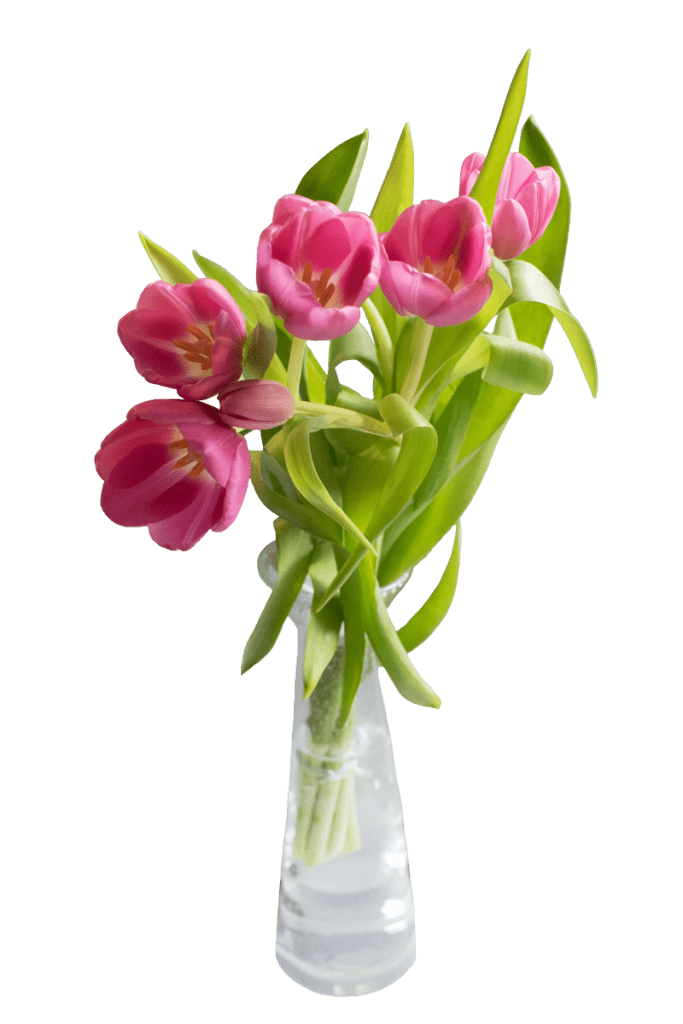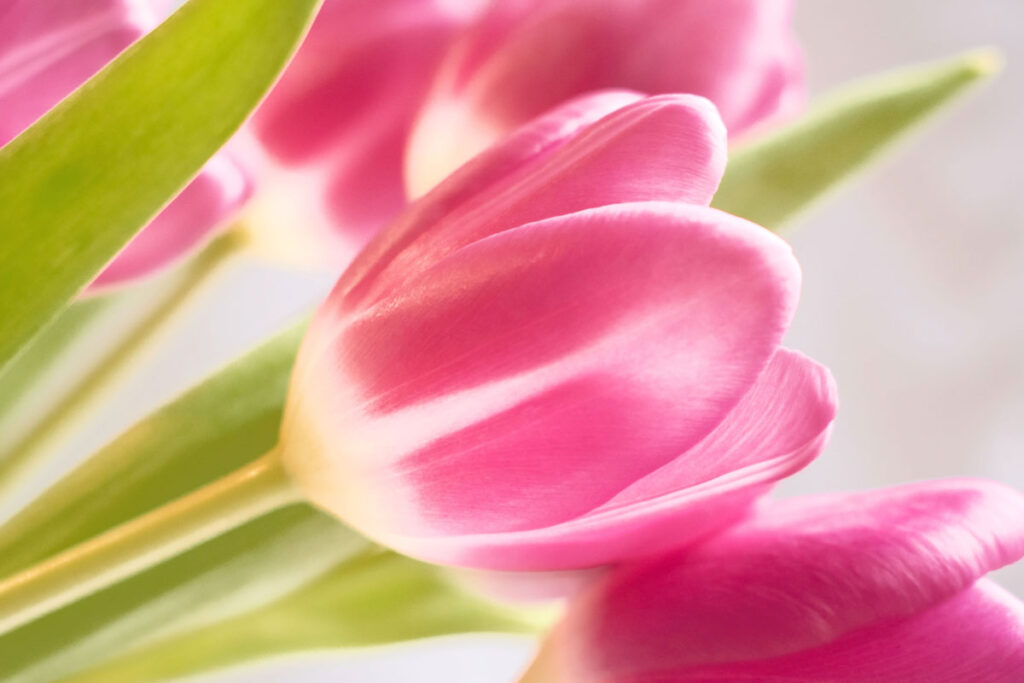Tulips and daffodils in a vase – that rarely goes well, because within a short time the tulips hang their heads and wither prematurely.
With early spring just a few weeks away, spring will once again bring fresh greenery and colorful blooms to the landscape. Before it starts outside in nature with the spring, we encounter already from March in the flower stores or when shopping on the weekly market the first early bloomers, which are offered now everywhere as cut flowers. Of course, tulips and daffodils are particularly popular and are often available in bunches. The rich yellow of the daffodils and the cheerful variety of colors of the tulips, just invites you to combine them in a beautiful bouquet. Therefore, many like to take home a few of the messengers of spring and put them together in a vase.
However, the joy of the spring bouquet does not last long. Within a short time, the tulips go limp and hang their heads much faster than usual. The daffodils, on the other hand, are still fit and blithely continue to bloom. The phenomenon is often observed when daffodils and tulips share a vase. But why do the two spring flowers do not get along with each other? And why, despite this, you sometimes see bouquets in which tulips and daffodils bloom magnificently side by side?
Contents
Daffodils contain toxins and clog the stems of other flowers.
Daffodils are widely known as a typical spring flower at Easter, but few people are aware that they contain a toxin, the alkaloid lycorine. In this way, the daffodil protects itself from predators such as hungry voles that might nibble on its bulbs or even eat them whole. Therefore, the concentration of the poison is highest in the bulbs. The yellow early bloomer also stores the toxin in its leaves and stems for safety. In humans and animals, therefore, the consumption of daffodils leads to poisoning. This triggers nausea, vomiting, sweating or diarrhea and can even lead to death. However, the poison also affects other plants such as tulips, which are placed in a vase together with the daffodils. To keep the bouquet fresh for a long time, it is always recommended to recut the stems before putting it in water. However, by cutting the daffodils released their toxins in the flower water, slowly poisoning the tulips.
Although tulips are sensitive to the poison, nevertheless, it is not considered the main reason why they so quickly droop flowers. In most cases, the tulips die before due to lack of water, because the daffodils also secrete a mucus that clogs the stems of other flowers. As a result, the cut flowers can no longer absorb water and wither after a short time. Fortunately, there is a trick to combining tulips and other spring flowers with daffodils without causing them to wilt prematurely.
Tulips & daffodils in one vase? With this trick, it works!

First, cut the stems of the daffodils so they can absorb water more easily, making them last longer. Before placing the daffodils in a vase with the tulips, first place them separately from the other flowers in a container with water. There the daffodils will remain for about three or four hours until they have excreted most of the mucilage and toxins into the flower water. Once the daffodils have excreted, they can be placed in a vase with fresh water along with the tulips.
Important: Do not cut the daffodils again after they have slimed out. Otherwise, the daffodils will start again to clog the other flower stems with a large load of slime. To extend the shelf life of cut flowers, you should recut the stems at least every three days. However, after each cutting of daffodils, you need to let them slime out again in a separate container.
Botany Guide Tip
Save tulips with clogged stems.
Tulips are very thirsty and require a lot of water. If daffodil slime has clogged their stems, they will quickly hang their heads. By simply re-cutting the tulips, their water supply is restored. In this way, many flower lovers have already saved their tulips.


